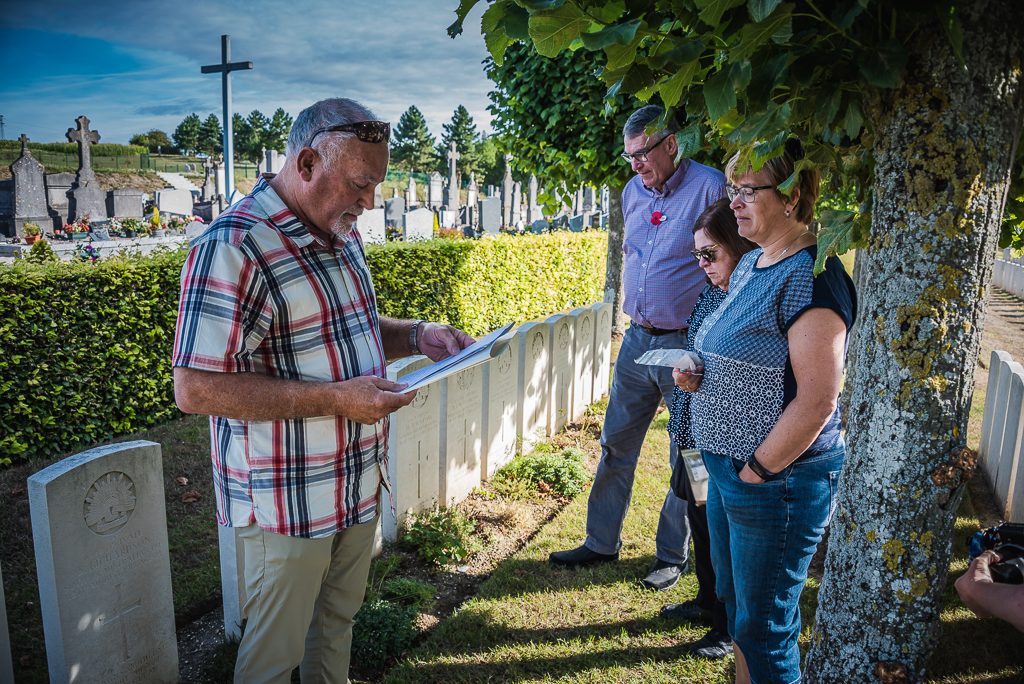
Barry’s voice is choking with emotion. I look to check the time on my phone. It says 9.30, 12 August 2018. Exactly 100 years ago on the minute private Sidney Richardson died of gunshot wounds sustained the night before. We are standing before his headstone. Sidney is Barry’s great uncle from his mother’s side. We are with six people in the small military cemetery in the French town of Daours, Picardie, France, honouring him for his sacrifice. I have been to several World War 1 cemeteries but never I stood at a headstone and knew the personal story of the soldier buried there. What a better way to commemorate the 100th anniversary of the end of the Great War with sharing this story with you.
Daours
Barry and Janice stayed at our place in 2017, like they have done before in our thirty year friendship. He unfolded the plan to come back to Europe to honour his relative who fought ad died in World War 1.
A year later we met up in the French coastal town of Cayeux-sur-Mer in the French department of Picardie, on the Bay of the Somme. On the beautiful Sunday morning Barry and Janice, my wife Marion and me were joined by their other friends Trevor and Caryl. We set off in time to make the time of Sidney’s death. We drove to the Daours Communal Cemetery Extension where his grave would be. Thanks to the excellent record keeping of the Australian government we knew the grave number and found it pretty quickly. The cemetery is like the many others that are found all across northern France and Belgium. Beautifully kept with neat rows of headstones, a large Cross of Sacrifice adorned with a large sword and a memorial Stone of Remembrance.
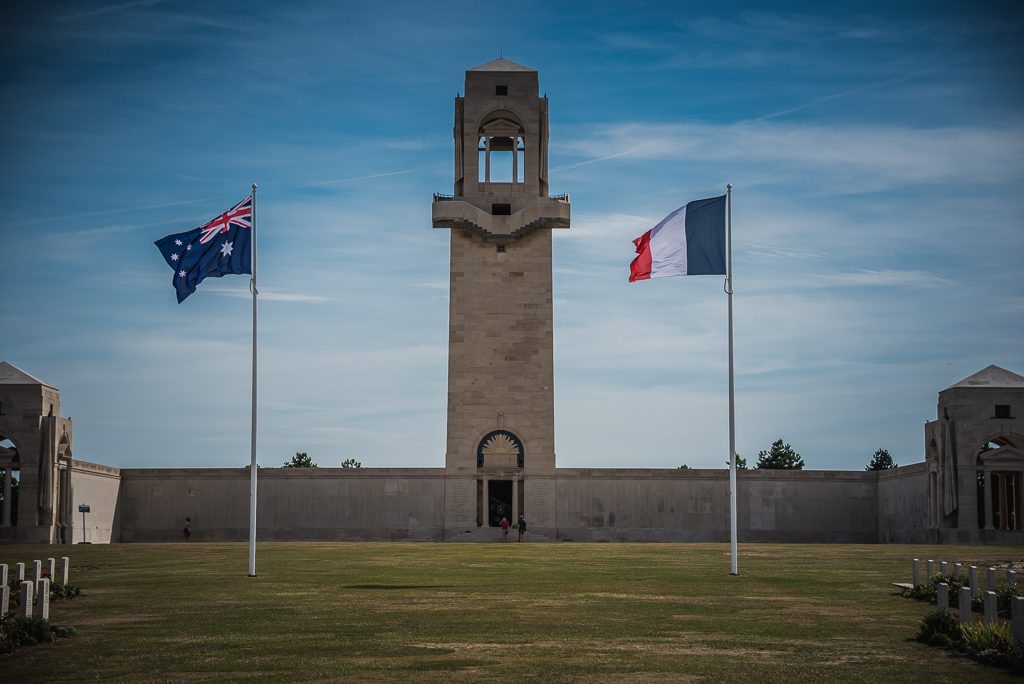
Barry did a lot of research into his great uncle and was surprised at how much information he found. Letters from the Red Cross, Information from the National Archive in Australia about his military service. Barry told all of us about Sidney as we stood at the headstone. Almost as it was meant to be he choked up at the exact time of death. It was emotional to all of us as it hit home this young man travelled half way across the world to fight for the freedom of people he did not know, in the end giving the ultimate sacrifice. We honoured him by strewing soil from his birth ground in Australia on his grave and playing the Last Post. A beautiful symbolic gesture of bringing him home.
France
Sidney Richardson was born in the town of Innamincka, South Australia. He enlisted as a volunteer in the Australian army at the age of 19 on 6 September 1916. At the time he was engaged to be married.
He shipped to Europe on 24 January 1917 on board the troopship HMAT Miltiades. The crossing from Adelaide to Devonport took two whole months and Sidney arrived there on 27 March where he joined the 19th Reinforcements of the 27th Battalion, Australian Imperial Force. In England he fell sick with the mumps in May.
He arrived in France on 30 July of that year. Upon arrival Sidney joined the 50th Battalion Australian Infantry, 13 Brigade, 4th Australian Division. The battalion served in the French department of Picardie, the north-western part of France, along the river Somme. In early 1918 the battalion helped in repulsing the German Spring Offensive that followed the collapse of the front in Russia. In April it took part in the Second Battle of Dernancourt. The 50th was also involved in the retaking of the village of Villers-Bretonneux, the site of the present day Australian National Memorial, honouring all Australian soldiers who fought in WW1. The Germans had captured the town from British units on 24 April but that same night a counter-attack was mounted by the Australians who at the time were recuperating nearby. The Australians were helped by the Moroccan Division which attacked the German positions south of the town. This battle also was the scene of the first tank versus tank battle of the war when three German A7V tanks fought against three British Mark IV tanks.
There is nothing to be found on Sidney himself until almost a year after arriving in France. On 28 April 1918 he was severely wounded by a gunshot-wound to the neck and brought back to England to heal. It took him almost three and a half months before he rejoined the 50th on 4 August. Just in time for probably the most decisive battle of World War 1.
Hundred Day Offensive
His unit took part in the Hundred Day Offensive that started on 8 August 1918. The campaign was led by famous Australian lieutenant general Sir John Monash, commander of the Australian Corps which at the time was the largest Corps on the Western Front. General Monash was a firm believer and advocate for cooperation between infantry, aircraft, artillery and tanks. Instead of these assets doing their own thing, Monash had them working together in combined arms operations. Truly innovative and very hard to do with the communication equipment of that time. The 50th and Sidney fought in the Battle of Amiens that lasted from 8 April until 12 April. The ‘all arms battle’ led to an unprecedented advance of about 12 kilometres by early afternoon of the first day. The campaign was the beginning of the end for the Germans. The Allied forces eventually succeeded in pushing the Germans back to the Hindenburg-line and ending the war.
Sidney set out on a patrol behind the German lines at 9.30 p.m. 11 August. His team set out to patrol between the towns of Étinehem and Bray. In a handwritten report submitted after the war to the Australian Red Cross by one of his fellow soldiers, Private B. R. P. Downing describes the events of that fateful night. “On the night of 11th August 1918 we were engaged in night operations in front of Bray. We had penetrated a considerable distance through the German lines, when we came under heavy machine gun fire, during which Pte Richardson was wounded in the body. Unfortunately he was unable to be taken away that night and it wasn’t until the next night (12th) that he was taken back to our R.A.P. [Regimental Aid Post, GvO] He was still alive when he left the R.A.P., but unfortunately that is all the information they have.”
In that same encounter at least one other soldier was killed, Private William Scott, who had been awarded the Military Medal For Bravery in the Field (MM) for ‘conspicuous gallantry during operations at Villers-Bretonneux on the night of 24/25 April 1918’. In the same report Downing talks about him. “He was in charge of a Lewis Machine Gun Section in the above operation. I was acting No. 2 in this team. Shortly after we came under heavy fire, Pte or L/Cpl Scott was shot through the head by a Machine Gun Bullet, death was instantaneous. We buried him next night in the Field, just in front of Bray, behind what was then our Front line.” According to another report Scott was buried on the battlefield together with seven or eight others. He, and the others who were buried with him have no known grave at an official war-cemetery. After the war their graves could not be located. Irony has it that his winning of the Military Medal was only announced in his hometown newspaper the Adelaide Chronicle thirteen days after his death.
Another member of the gun section, Pte. Jeffery, spoke to Downing a few days after the incident. He himself was not present during the incident. He reported “Richardson was a chum in my gun section…. I was with the transport at the time but a few days later I was told by L/Cpl. (then Pte) B.P.Downing, who was No. 1 in our gun team, that he, Richardson, Scott, L/Cpl. Roy Long and Pte. G. Haines, all members of our gun team, were advancing to the attack at night when they were challenged by the Germans in English and on their replying m.g.fire was suddenly opened on them, killing Scott and Haines outright, and wounding Richardson in the arm. The latter walked back to the D/S [Dressing Station, GvO] but the next day his body was found a short distance from where the gun team had been with a second wound through the side. He was still alive but died very shortly after.” It seems Jeffery and/or Downing mixed up the names of the soldiers killed. According to records L/Cpl Roy Long was killed that night. Pte. John Haines returned to Australia in January 1919. It was not hard for them to make these mistakes as the reports were written at the request of the Red Cross on behalf of Sidney’s sister months after the event. That is why the timelines in the reports are also sketchy.
There are more reports and some of his teammates reported Richardson was taken away by stretcher-bearers. Others say that he was recovered from the battlefield the next day, still alive. What is true is that Sidney Richardson was brought to the British 53rd Casualty Clearing Station, also known as North Midland C.C.S. in Vecquemont, who had just set up there on the 10th. He died of his wounds on 12 August 1918 at 9.30 in the morning. He was buried in the Daours Communal Cemetery Extension in neighbouring Daours.
Australian National Memorial
As mentioned before the Australian National Memorial is just outside the town of Villiers-Bretonneux. We went there after our visit to Sidney’s grave.
Located on top of a commanding hill, the memorial shares the location with a the Villiers-Bretonneux Military Cemetary and the new Sir John Monash Centre.
The memorial consist of a U-shape building inscribed with the names of 10.732 Australian soldiers killed in France and Belgium during World War 1 who have no known grave. The central tower offers a great view of the surroundings. Only finished in 1938 it was the last of the national memorials commemorating WW1 of all nations to be completed. When the Germans invaded France a year later the defenders used the commanding view from the tower and subsequently the memorial was attacked and damaged. At the end of WW2 again the memorial was damaged in the fighting after D-Day in 1944. After the war repairs were made but a conscious decision was made to keep some of the damage visible and thus keeping the history of the location alive.
Sir John Monash Centre
Hidden away behind the Memorial building is the Sir John Monash Centre, named after the famous Australian commander who I talked about before. It was opened on Anzac-day in 2018 so only open for a few months when we visited. It offers a small collection of items from WW1 but most impressive is the audiovisual presentations of all stages of the Australian involvement in France and Belgium in World War 1. With absolutely stunning multimedia presentations it immerses the visitor in what it must have been like to be a soldier in the Great War. It tells the story of Australian soldiers mostly in their own words. It uses letters, diaries and life-size images, coupled with film and photo’s and ties them in with the places where these soldiers fought and died. I can say we all were very impressed by the experience in the Centre. Don’t forget your smartphone and headphones as the Centre’s App is at the center of it all to give you a really personal journey. Smartphones with the App can be borrowed but headphones must be bought if you didn’t bring your own.
The End
The Great War ended officially on 11 November 1918 at 11.00 a.m. when the Armistice was signed in a train at the Bois de Compiègne, France. It left 9.700.000 soldiers dead and 10 million civilians. There were also 21 million wounded. I know this is just one story out of the tens of millions that can be told. For me it was a great experience to hear this personal story of a friend’s relative. It made me aware that each headstone has such a story. Most of them will remain untold. This is my very small contribution to telling a small piece of history.
Souces:
Australian War Memorial (military records, photographs) https://www.awm.gov.au/
National Archives of Australia (Red Cross correspondence) http://www.naa.gov.au/
Sir John Monash Centre (SJMC and Australian National Memorial) https://sjmc.gov.au/
Centre Robert Schuman (casualty figures) http://www.centre-robert-schuman.org/



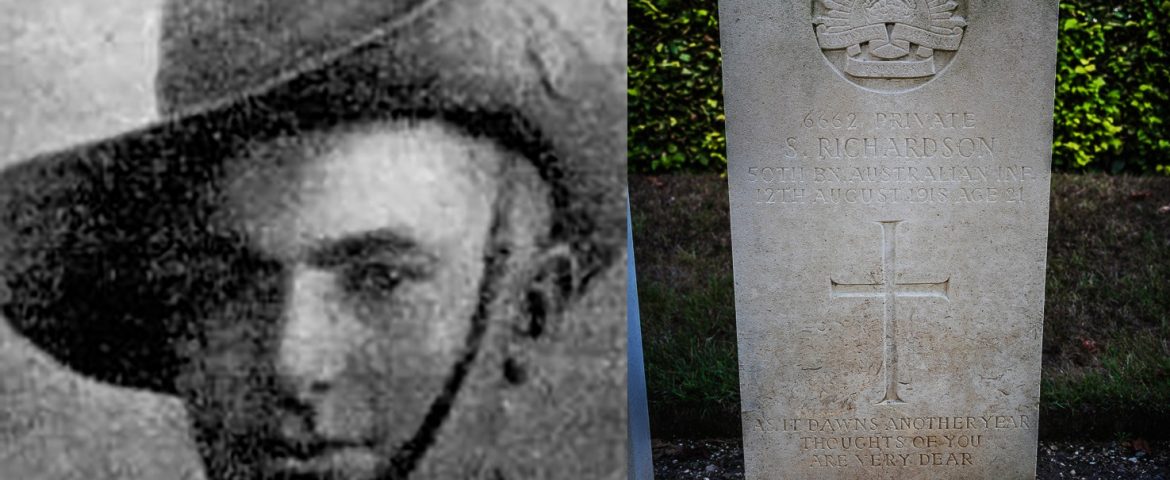
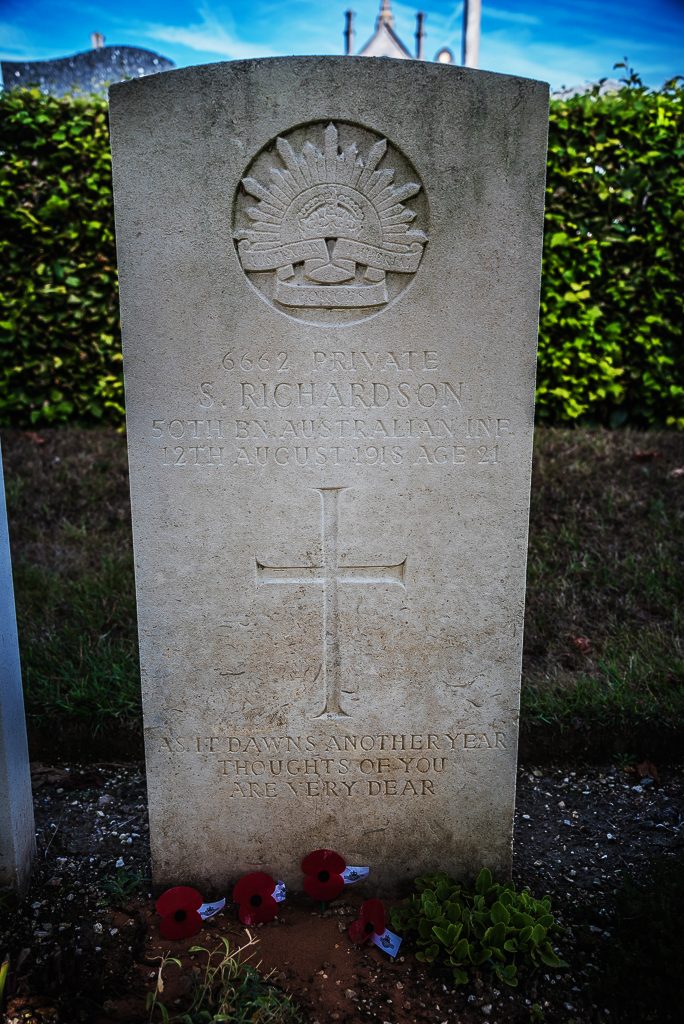
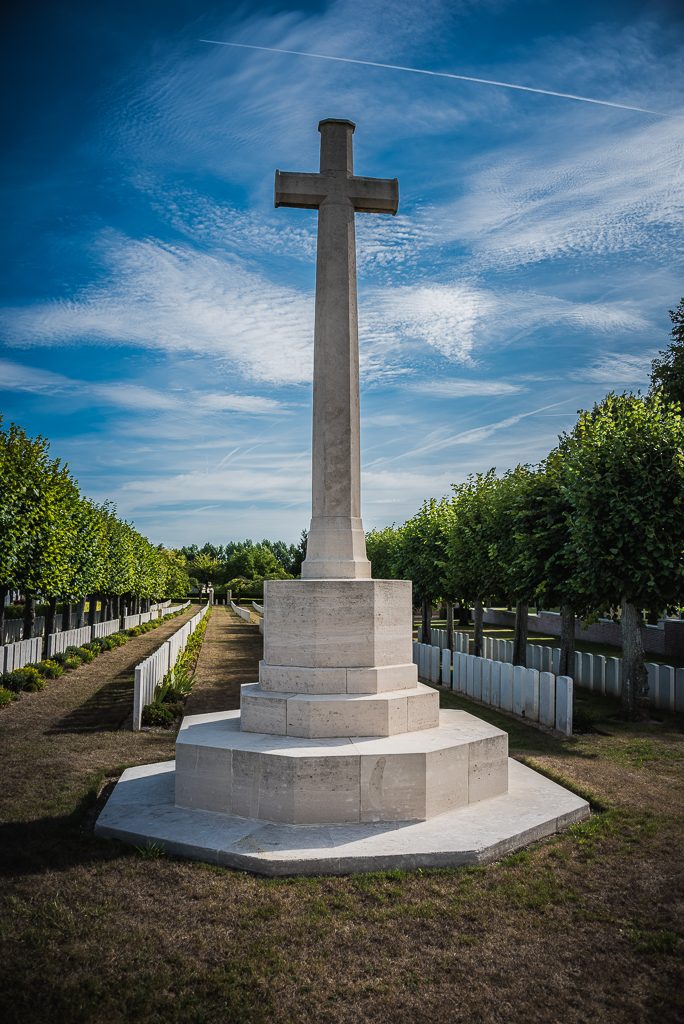
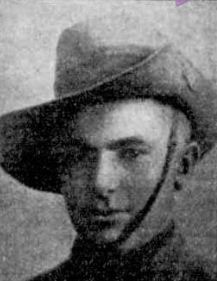
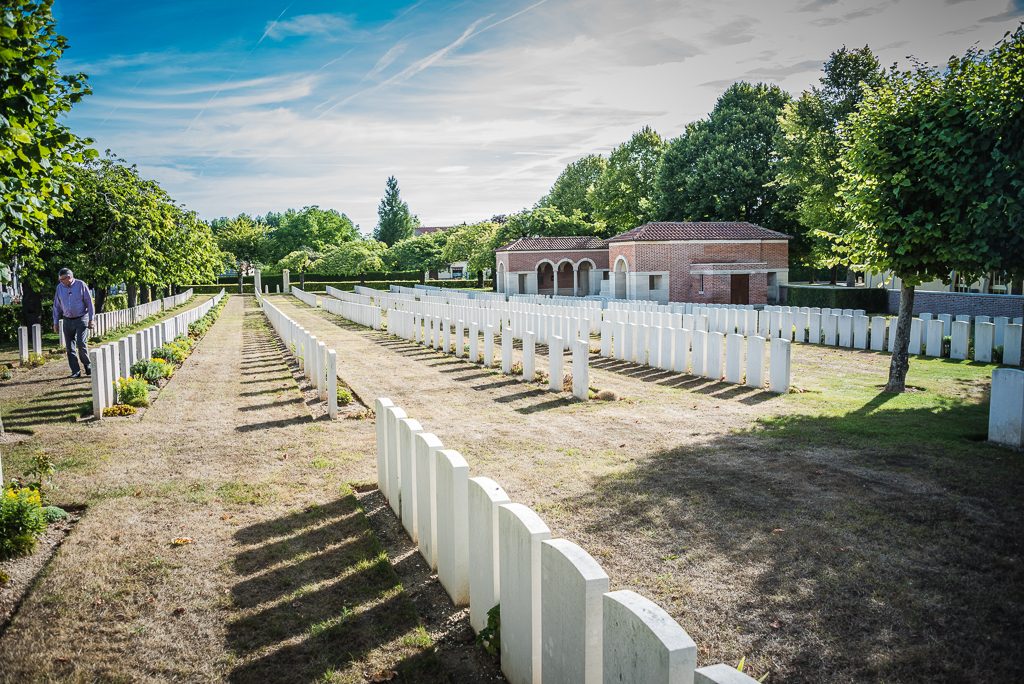
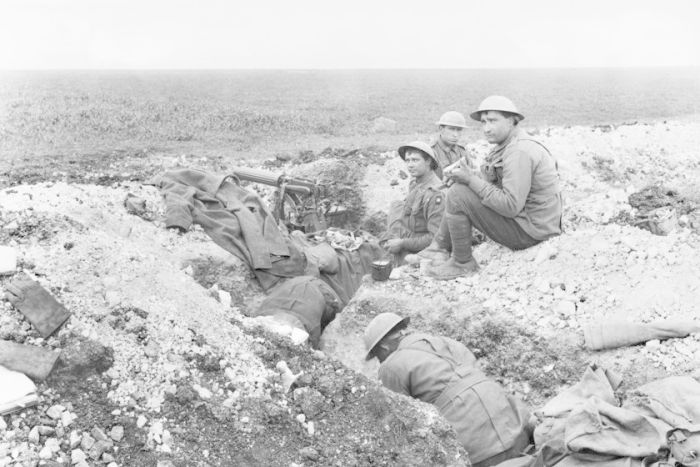
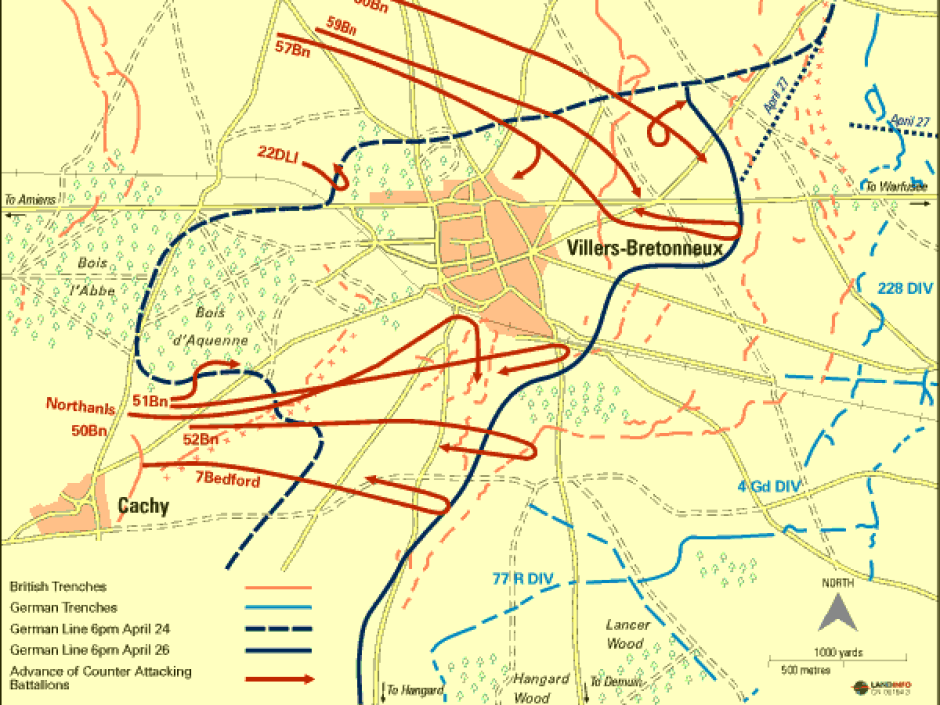
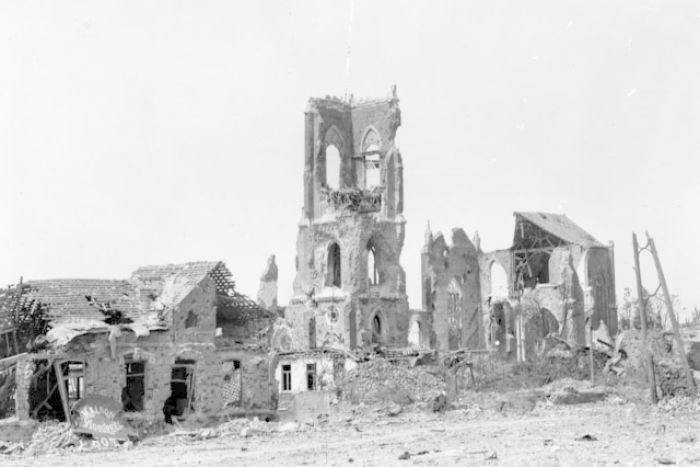
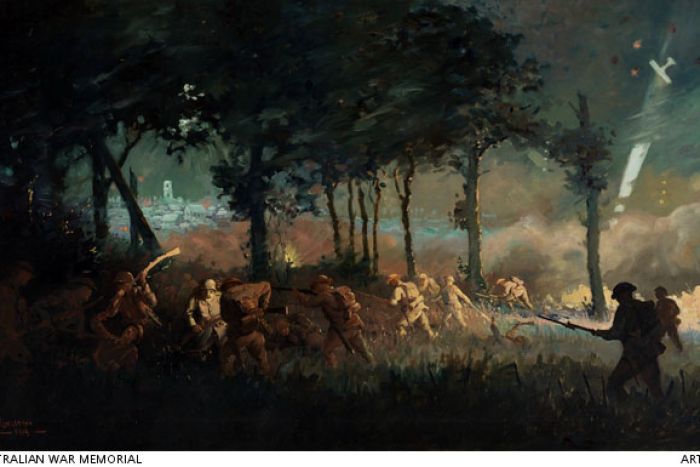
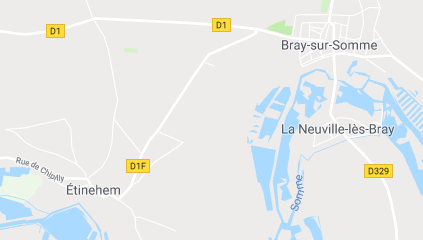
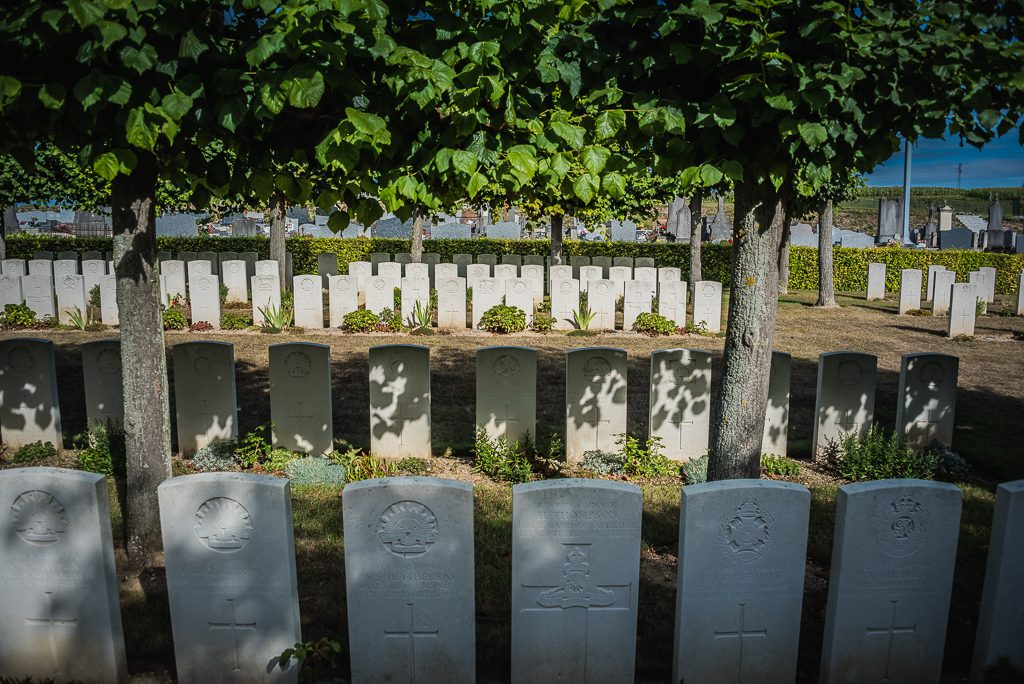
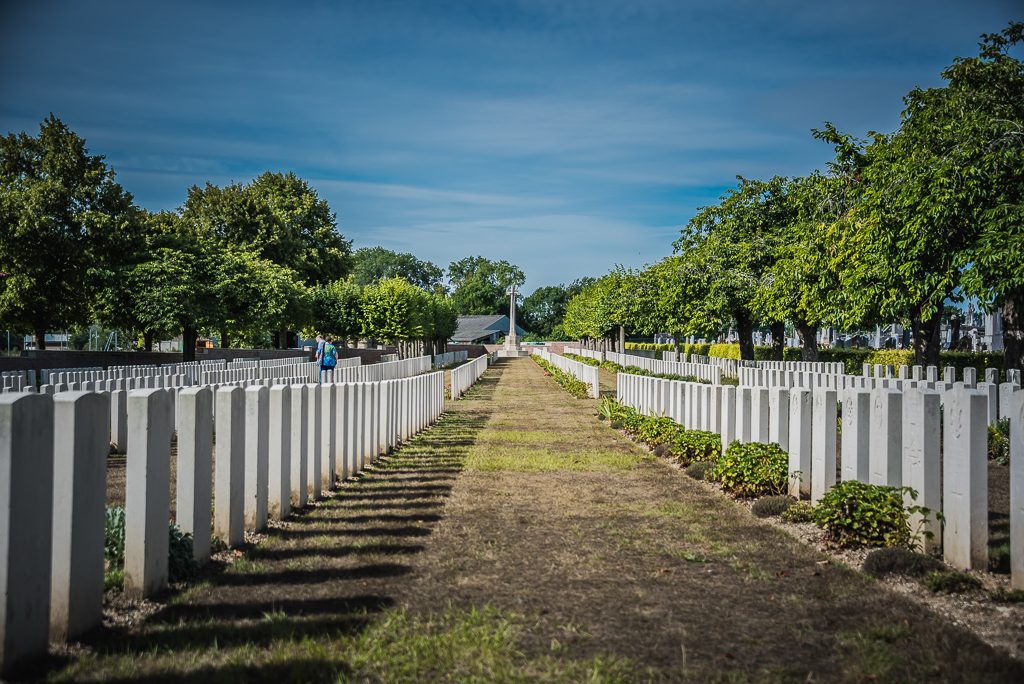
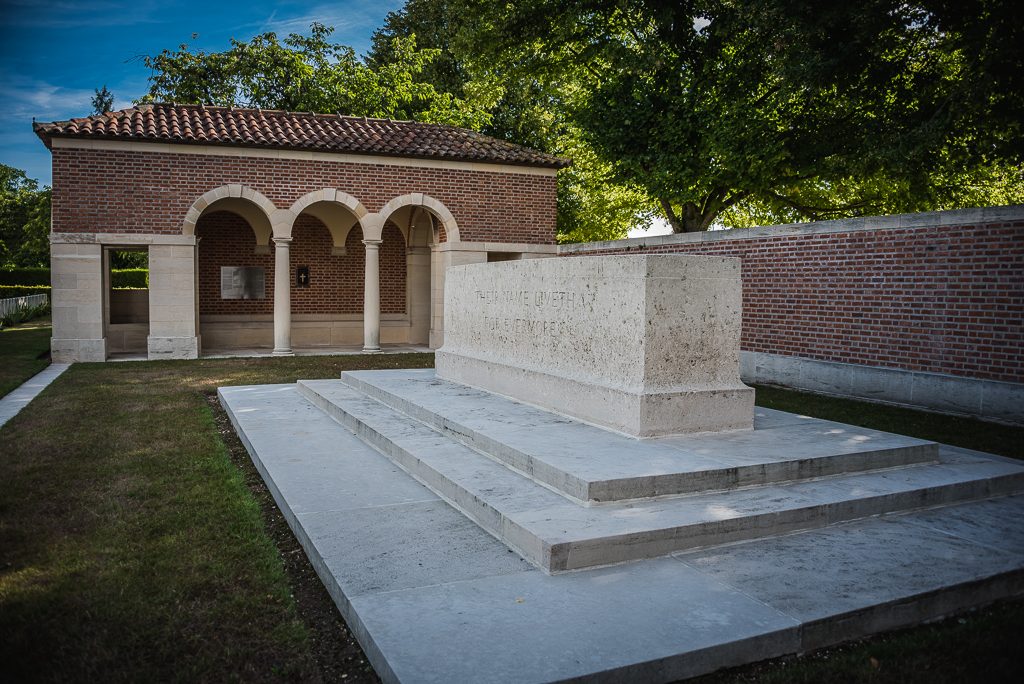
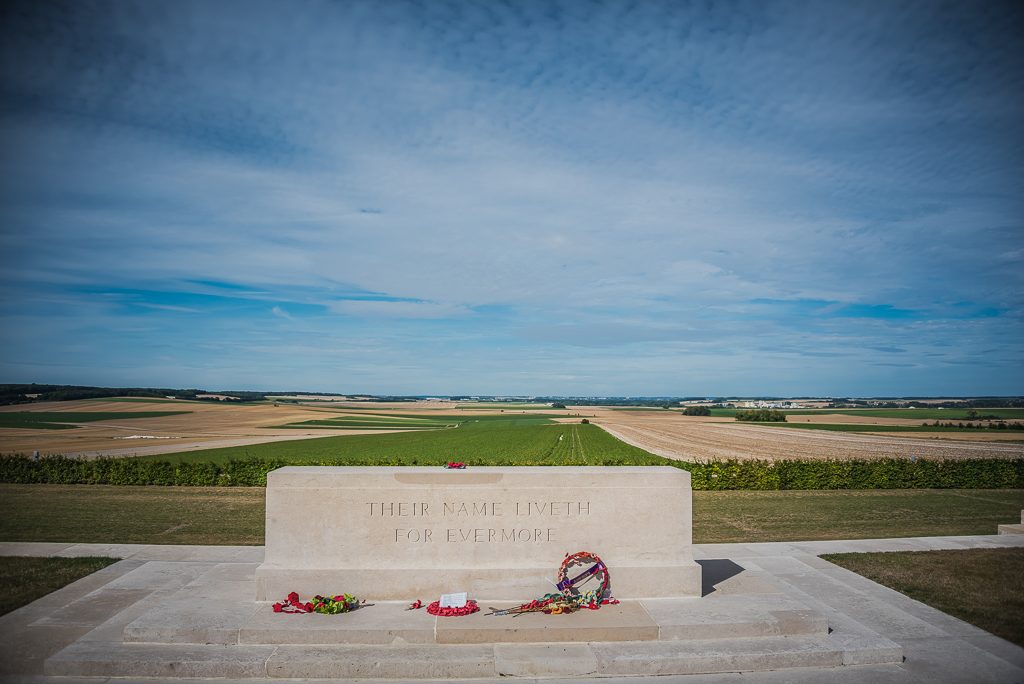
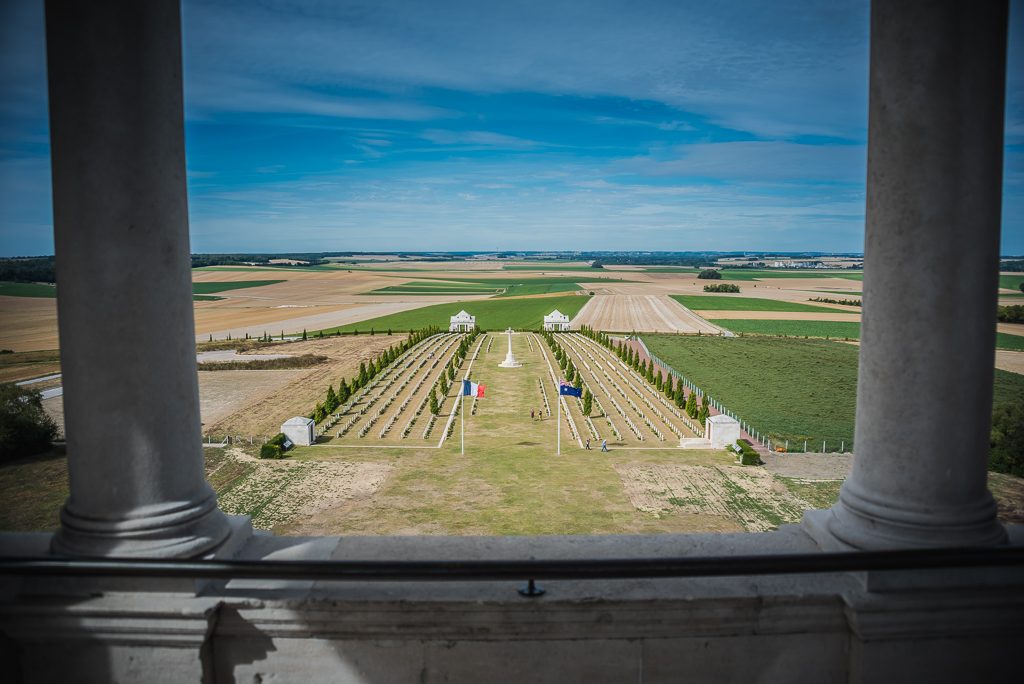
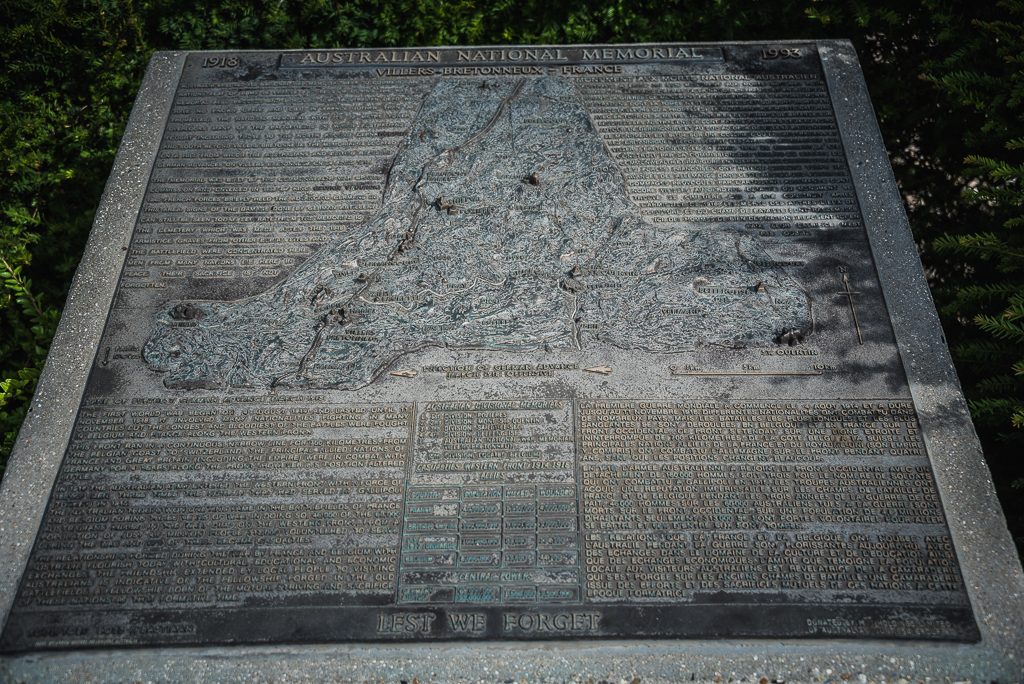
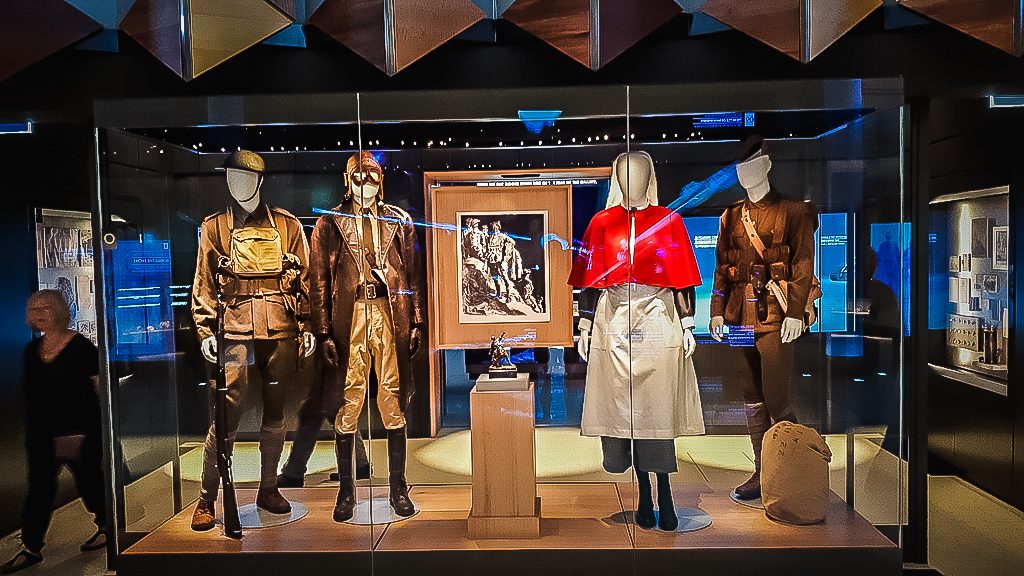
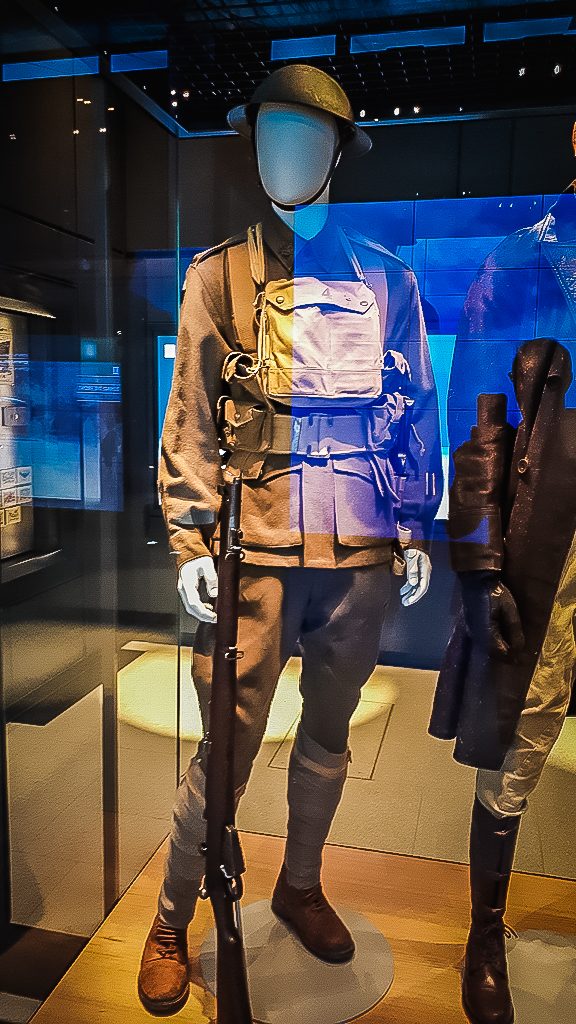
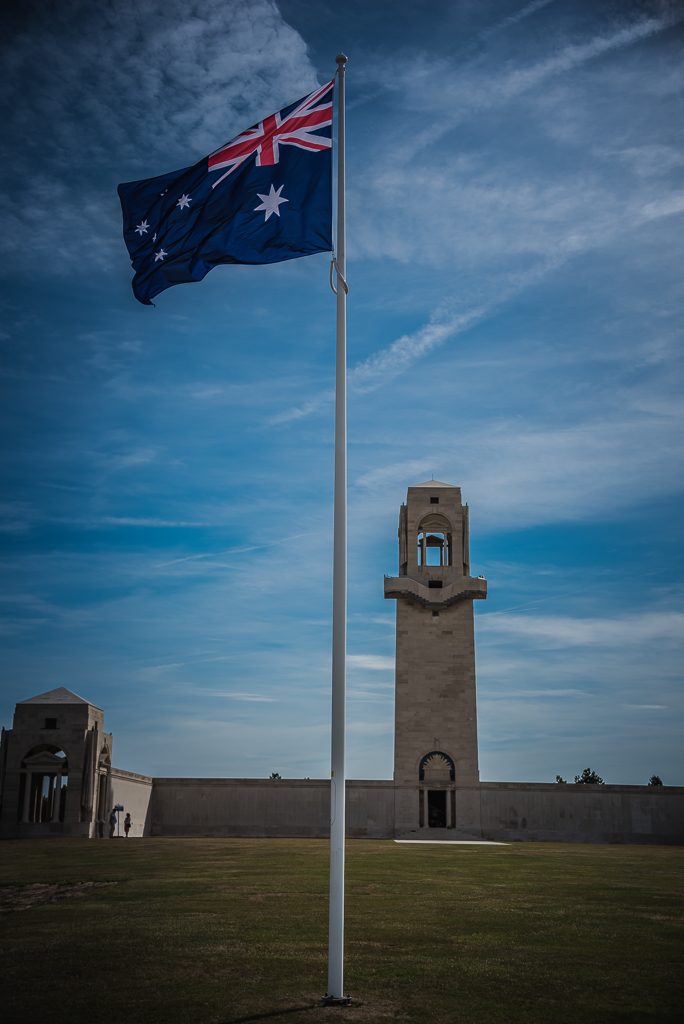
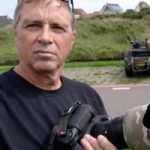
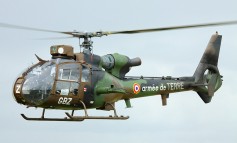
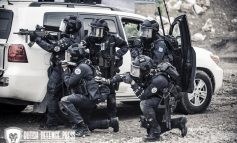



1 Comment
Summer vibes – Gerard van Oosbree
16 mei 2021 at 22:21[…] at the grave and Barry read out a memorial. I wrote a story on Sidney’s death that you can read here. We also visited the WW1 Australian War Memorial at on the D23 between Fouilloy and Villers […]